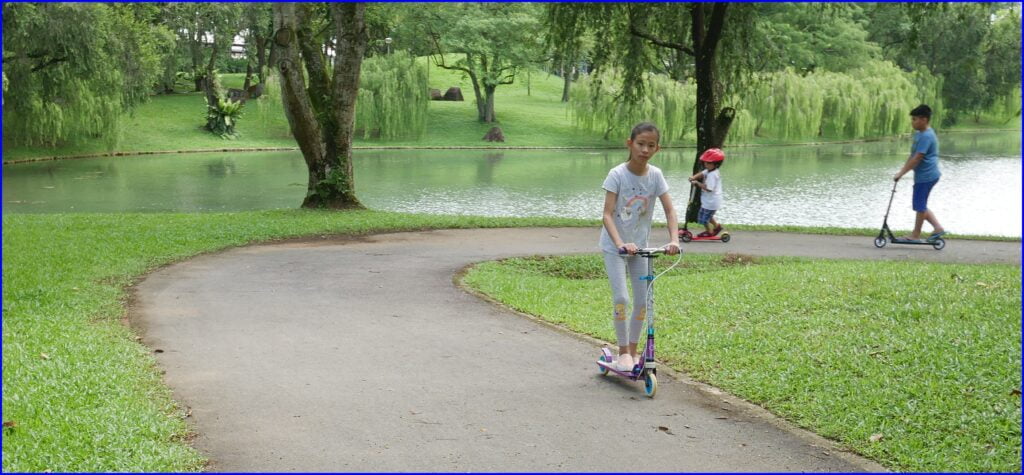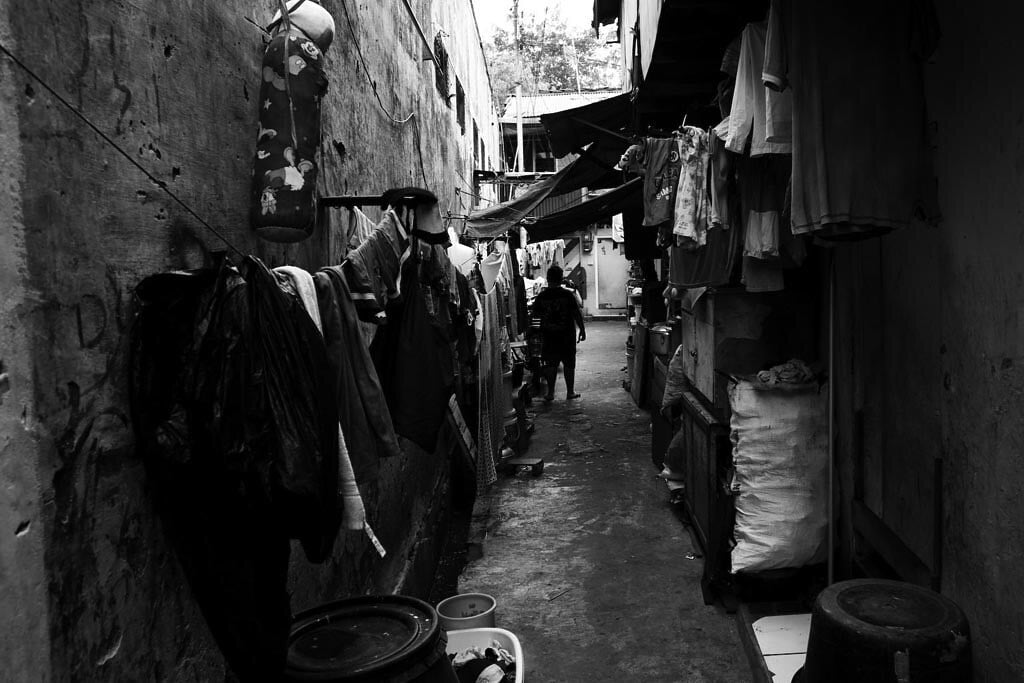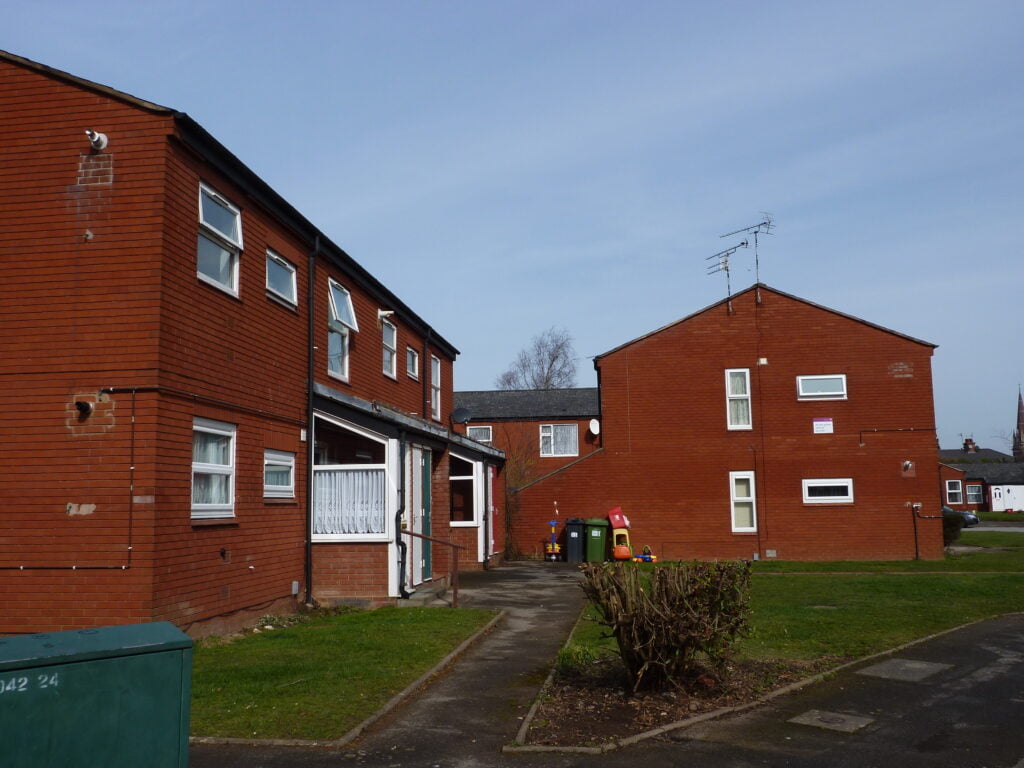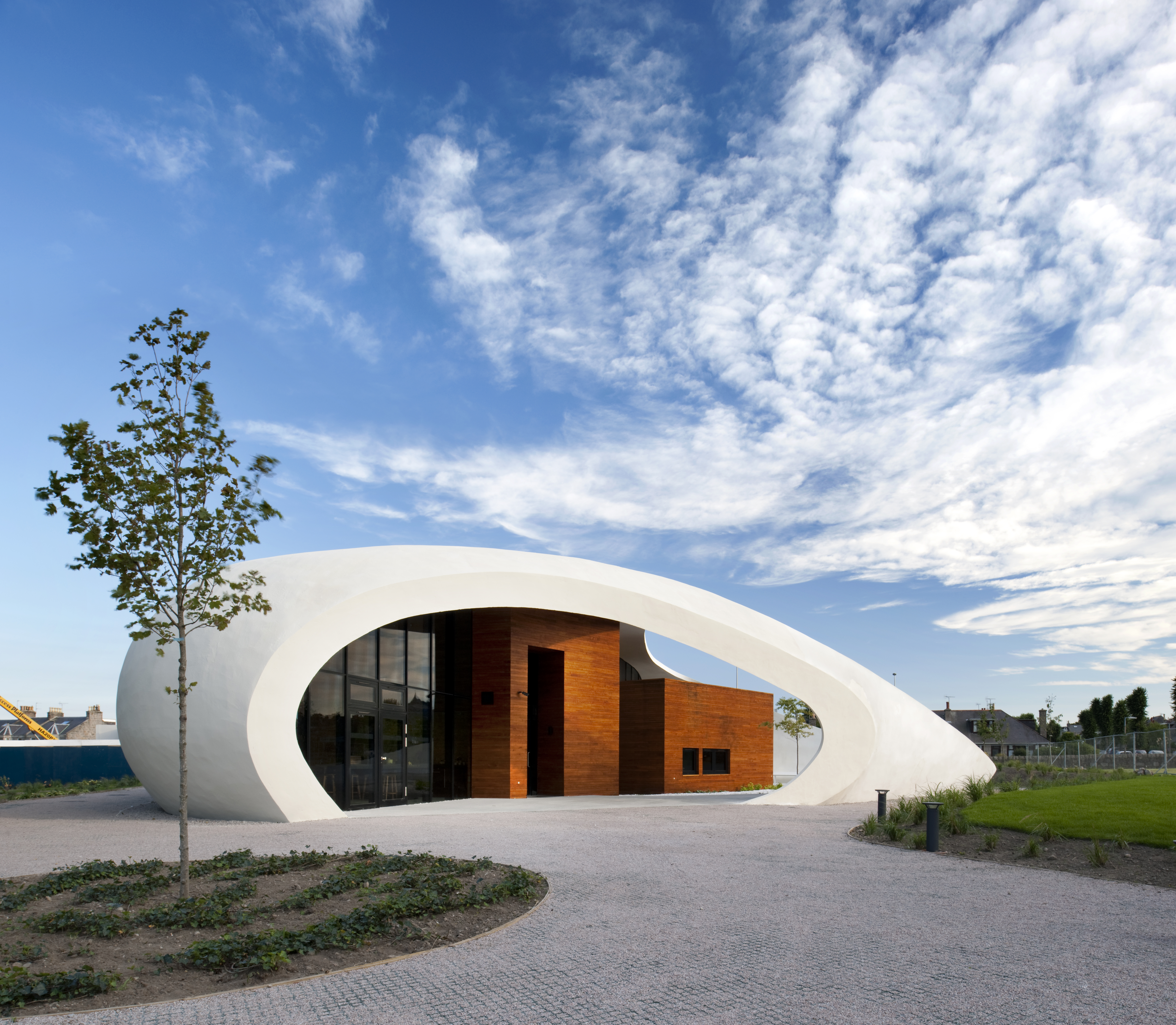Communal spaces and a connection to the outdoors make traditional Balinese homes a template for the green design of the future.
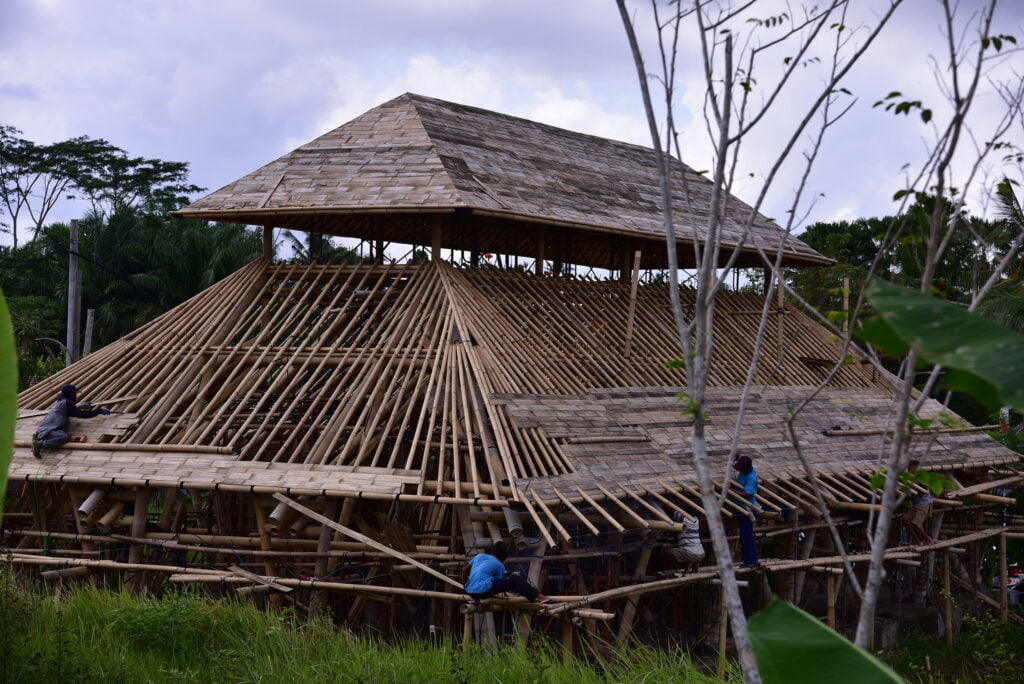 The Balinese traditional house follows a strict ancient architectural guide that gives psychological benefits : Shankar S Shankar S / Flickr. CC BY 2.0
The Balinese traditional house follows a strict ancient architectural guide that gives psychological benefits : Shankar S Shankar S / Flickr. CC BY 2.0
Communal spaces and a connection to the outdoors make traditional Balinese homes a template for the green design of the future.
In traditional Balinese homes, residents wake in the cool of the morning in their private bedrooms, walk through a rustling tropical garden to the kitchen to prepare their breakfast, then enjoy it together in an open-sided pavilion as the sun rises in the sky, the air warms around them and the day begins.
The homes draw on local wisdom and knowledge of the surroundings to regulate temperature, provide access to greenery, and promote both privacy and communal living. The homes’ design supports residents’ physical comfort and mental health. It is a blueprint for the next generation of green design globally.
Traditionally, homes on the Indonesian island of Bali are part of a compound shared by several families with a kinship relationship. The compound includes separate pavilions for private rooms, living areas and ceremonial activities, plus a kitchen, a barn, and a family shrine where residents can worship ancestors. Green spaces lie between the various structures.
This design contributes to a sense of belonging and community, and has been maintained down the generations. That same sense of belonging connects home design and mental health: spaces that allow residents to feel at home promote relaxation and well-being. Communal living and a connection to where you live also contribute to a sense of belonging.
Having a place to return to stimulates feelings of continuity, stability and permanence. Privacy is also important: it gives residents a sense of control over their surroundings and promotes ease and relaxation.
By 2050 an extra 280 billion square metres globally will be covered by buildings, and most of these buildings will be in Asia. The new buildings will be vertical and concentrated in urban areas. High-rise buildings tend to create a feeling of loneliness, as their design reduces social interaction between occupants. As people spend more and more time at home, building design becomes important not only in providing access to security, warmth and comfort but also in promoting residents’ well-being.
Rather than purely focus on energy and water efficiency, designers of sustainable buildings could take into account human health, wellness and experience. Traditional homes in Bali have maintained their style throughout the years while using materials adapted to local conditions. Homes consist of several buildings arranged around a natah, an open space or inner courtyard. The courtyard design and the space between buildings allow adequate airflow and promote comfortable indoor temperatures – particularly beneficial to the inhabitants’ mental health since Bali is often hot and humid.

Each day the homes’ design promotes a positive cycle. Cooler air temperatures in the early morning and at night are maintained around the buildings. As the air warms during the day, it flows from indoors to out and escapes upwards, keeping the indoor temperature cooler. In the afternoon the walls, the floor and the rooms surrounding the courtyard are warm, providing comfort as the outdoor temperature drops.
The pavilions in front of the enclosed rooms have few to no walls, allowing in plenty of natural light and promoting seamless connectivity between inside and outside. The buildings’ placement within the compound allows space between them for gardens. These views of greenery improve mental health through visual connections to the natural environment.
The gap between the building walls and the compound perimeter wall reduces noise pollution from traffic in front of the house. Good landscape design and vegetation significantly reduce the noise level in the buildings as well as in the yard within the compound.The buildings face inwards towards the courtyard, creating an enclosed composition that gives a sense of safety from negative influences outside the compound. A small gate and a low wall in front of the gate also provide safety and security for the compound’s occupants – important in terms of privacy and mental health.
Before modern healthy building strategies are implemented, it is important to review their precedents. Learning from the past does not mean reinterpreting previous architectural approaches but rather gathering information for current strategies. Historical local knowledge, along with technological developments, will not only add value aesthetically but also contribute to healthier dwellings, healthier residents and a healthier population.
Ni Wayan Meidayanti Mustika is a Lecturer at the Architecture Department of Warmadewa University in Bali, Indonesia. Her interest is in sustainable architecture and green building. She is a Green Professional Member of Green Building Council Indonesia. She declared that she has no conflict of interest and is not receiving specific funding in any form.
Originally published under Creative Commons by 360info™.
Editors Note: In the story “Building mental health” sent at: 25/05/2022 08:39.
This is a corrected repeat.




